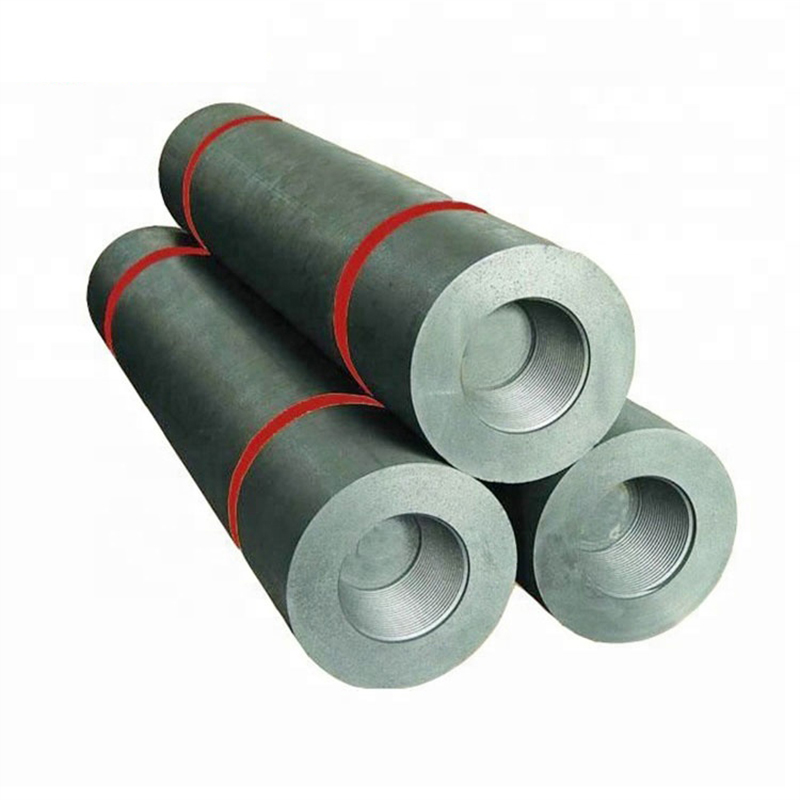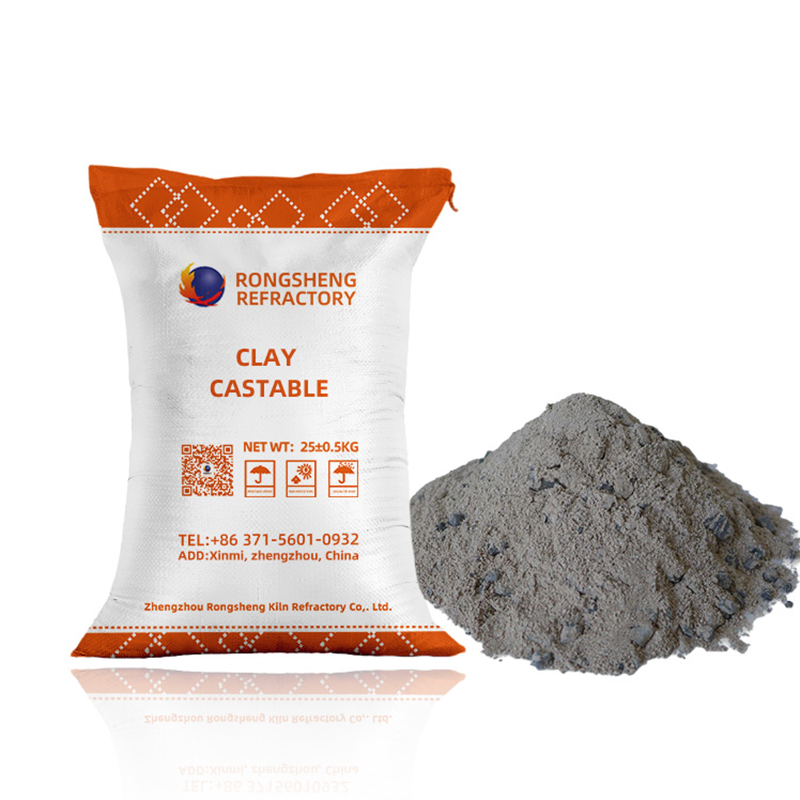How a material invented in the 1930s might revolutionize the way we construct buildings
NASA's stardust mission successfully collected dust from a comet's tail and returned it to Earth. ... [+] The aerogel used as the collection medium was developed at JPL. In this 2002 photo is Dr. Peter Tsou with his tray used in flight tests of Stardust craft; identical to the one used on Stardust. (Photo by Ken Hively/Los Angeles Times via Getty Images) Dineen Fire Bricks

In 1999, NASA launched a spacecraft with an ambitious mission – to collect dust samples from the tail of a distant comet, and return some of those samples to Earth. A year after launching from Cape Canaveral, the Stardust spacecraft collected its first particles of interstellar dust. Four years after that, it reached its target – comet 81P/Wild, sometimes known as Wild 2 – and deployed its sample collector. Described as looking like “…a metal ice cube tray set in an oversize tennis racket,” the collector’s main component was silica aerogel, an extraordinary, lightweight, translucent foam. When a dust particle hit the aerogel, it buried into it, gently slowing to a stop. The aerogel held the particles in place, preserving them. When the sample return capsule finally arrived back to Earth in 2006, it contained tens of thousands of particles, allowing researchers and members of the public to study some of the building blocks of our solar system.
Invented more than six decades earlier, aerogels are amongst the lightest solid materials ever known. While they can be made from a variety of chemical compounds, those based on silica are the most common. To make one, you combine silicon dioxide with a solvent, producing a wet, porous gel structurally similar to Jell-O (but don’t be fooled, it is not edible*). You then put it through a process called supercritical drying, whereby you pressurize and heat the gel in the presence of a fluid (e.g., carbon dioxide). When done correctly, this removes the liquid from the gel and replaces it with air, without damaging the structure. The solid but extremely low-density framework of the gel is left behind, which gives aerogels the ghostly appearance they’re famed for. Silica aerogels have been given nicknames like ‘frozen smoke’ and ‘solid cloud’, and with a porosity of somewhere between 90 and 99.8%, aerogels truly are mostly air. This not only makes them super lightweight; it also means they can be effective thermal insulators.
And this is where silica aerogels have found most use down here on Earth.
Making buildings more energy efficient is a key part of our transition to a lower-carbon future. The current status of the sector is not good. According to the International Energy Agency, the operation of buildings accounts for a staggering 30% of global energy consumption. And the UN Environment Programme says that rather than decrease in recent years, this proportion is still growing; building energy demand went up by around 4% between 2020 and 2021 – the largest increase in the last 10 years.
Part of this has been driven by growing urban populations – more people, more buildings – but it also seems to have been influenced by our obsession with tall, glass-clad skyscrapers.
Insulation helps improve a building's thermal performance. Photographer: Sergio Flores/Bloomberg
The design of a building envelope (its outer shell) and the materials used to construct it have a huge impact on the building’s eventual energy consumption. The walls, floors, ceilings, windows, stairwells, doors, lift-shafts and roofing combine to dictate the thermal performance of the overall structure. That in turn defines the cost that will be involved in maintaining comfortable indoor temperatures once that building is occupied**.
Boosting thermal performance generally means increasing the thickness of your insulation. This is not an issue for opaque walls made with concrete, wood, or brick. There are countless insulating materials on the market, including those made from waste, and others made from aerogel.
The first time that aerogels were used in construction projects was over twenty years ago. The most common approach then, as now, was to combine the material with glass, mineral or carbon fibers to create ultra-insulating blankets that can be installed behind walls and ceilings. More recently, manufacturers began taking advantage of aerogel’s optical properties; sandwiching small pellets of it between reinforced polycarbonate panels to form non-load-bearing translucent panels that can be integrated into buildings. These aerogel panels can now be found in schools, museums, sports centers, churches, hospitals, arenas and airports all over the world. What makes them so useful is their unique combination of properties. Their translucency means that they allow daylight to pass through, but their low thermal conductivity means that they minimize heat loss.
A new paper, published this week in the Journal of Building Engineering seems to have added another property to that list – structural strength.
Researchers from the Swiss Federal Laboratory for Science and Technology have designed a novel, silica-aerogel-filled glass brick that they say has the highest insulation performance yet reported. In addition, their bricks are many times stronger than standard clay insulation blocks.
These aerogel-filled bricks allow a diffuse light to pass through them, while acting as effective ... [+] thermal insulation
The ‘aerobricks’ have three main components: standard float glass, epoxy, and aerogel. The glass forms the bulk of the structure – their best performing prototype uses four glass pieces. The epoxy is used to seal the outer edges of the brick. It is also molded to form zigzag-shaped spacers that join the glass panes together, forming cavities that can then be filled with aerogel granules. The final brick measured 50 × 13.6 x 8.4 cm [approx. 20 x 5 x 3 inches]
Though they did not directly measure the transmissivity of their aerogel-filled glass bricks, they could estimate it based on its individual components. They say that >38% of visible light passes through the bricks, which is lower than current commercial offerings. In other words, a wall made with these bricks is likely to transmit slightly less light than aerogel-filled polycarbonate panels.
The team’s other results were more promising.
They measured the thermal performance of the brick (and of a mock-up wall of six rows of bricks) using a large-scale guarded hotplate. They also did a simulation of the brick using thermal analysis software. Results showed fairly close agreement – the measured thermal conductivity was 53.0 mW/(m·K) and the simulated value was 50.5 mW/(m·K). This makes them more insulating than anything “…reported in literature or available on the market”. They’re even better at trapping heat than many opaque insulation materials.
To understand how strong each brick was, they placed one into a compression tester, which is a machine that applies large amounts of force to a material, gradually increasing it until the material breaks. This test showed that the bricks had a compressive strength of almost 45 MP, which suggests that, unlike polycarbonate panels, they would be suitable for use in load-bearing structures.
Each brick is made from four sheets of glass, separated by epoxy spaces. Aerogel granules are used ... [+] to fill each resulting cavity
The researchers have filed a patent application for their invention, and say that their aerobricks are best-suited to replace perimeter walls, rather than as a substitution for windows. They write that it “…opens the potential to create a building envelope with a mechanically self-supporting translucent façade…. that not only insulates well but also brings natural daylight into the interior of the building.”
With so many of us spending extended periods of time indoors, our cities getting denser, and an urgent need to reduce energy consumption in our urban homes, these bricks might just catch on.
* It’s very likely that you’re familiar with aerogel’s main ingredient, silica gel. Formed into small beads, and packed into small permeable bags, it’s commonly used as a desiccant, absorbing moisture from commercial products.

Refractory Mortar ** The cost can be significant. Globally, space heating and cooling represents between one and two thirds of all energy consumed by buildings.